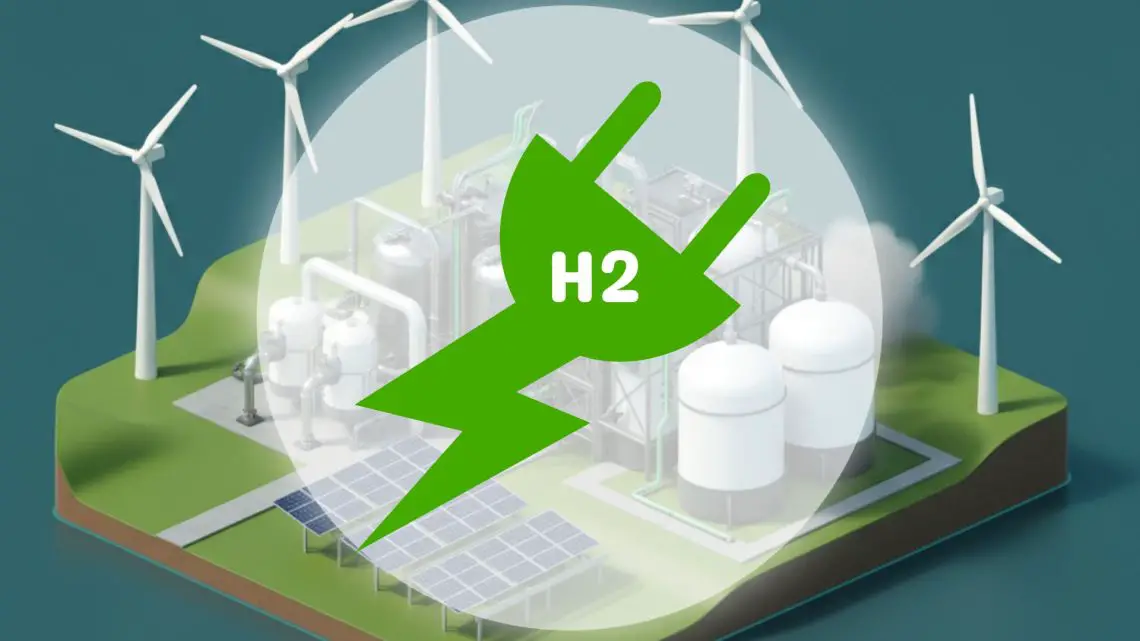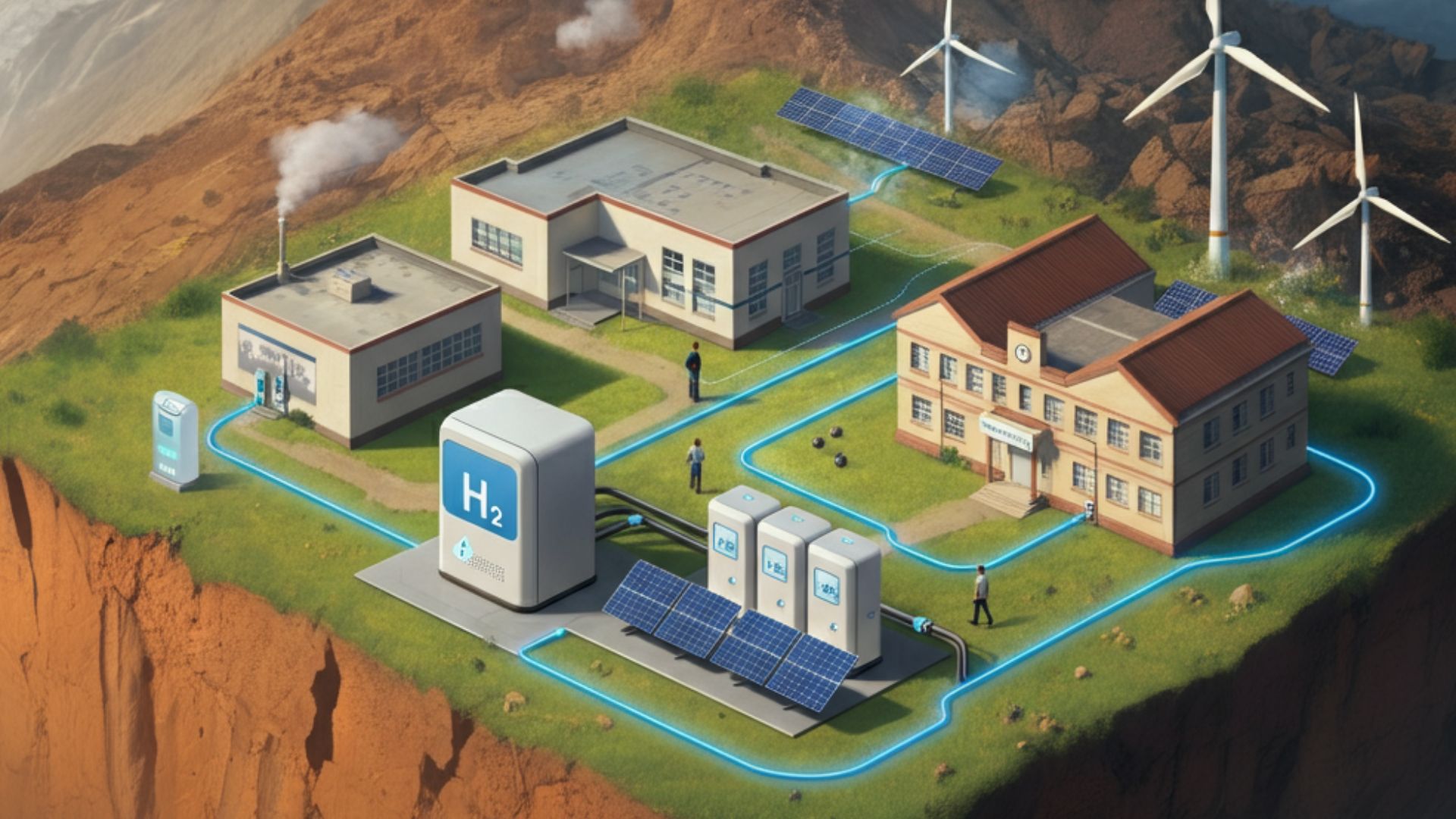
Off-Grid Energy Gets a Makeover with Fraunhofer IWU’s Hydrogen Microgrids Leading the Way
March 24, 2025Revolutionizing Energy Storage with Hydrogen Microgrids
Renewable energy is on everyone’s radar, but there’s one glaring challenge it consistently faces: storage. Solar panels and wind turbines generate power when the sun shines and the breeze blows, but energy doesn’t always sync with demand. Enter the hydrogen microgrid, a game-changing solution that’s poised to make renewable energy more reliable. Thanks to Fraunhofer IWU, a leader in sustainable technology innovation, the spotlight is on hydrogen as the key to transforming how we store and use green energy.
Fraunhofer IWU’s latest breakthrough, the HyGrid platform, is a shining example of how hydrogen can bridge the gap between intermittent renewable energy and dependable supplies. Unlike batteries that lose charge over time, hydrogen holds its own, offering vast storage capacity for extended periods. It’s the kind of innovation that could turn “dark doldrums” (those windless, sunless stretches) into nothing more than a minor hiccup.
Fraunhofer IWU: Pioneers in Renewable Energy Solutions
When it comes to shaping the future of renewable energy, Fraunhofer IWU has been pulling ahead of the pack with their relentless focus on high-impact technology. Known for pioneering advancements in hydrogen storage, the institute has recently pulled back the curtain on its HyGrid platform, a scalable, plug-and-play hydrogen microgrid solution.
What makes this platform stand out isn’t just its impressive performance but its versatility. The HyGrid system is being championed as a lifeline for critical infrastructure in diverse settings. For instance, hospitals can benefit from the system’s side project of producing technical-grade oxygen during electrolysis, a valuable resource for sterilization or water treatment. Meanwhile, rural areas and even war-torn regions like Ukraine now have a plausible off-grid option for stable power during harsh winters or catastrophes.
HyGrid isn’t confined to European soil either. Take the HyTrA project in South Africa which employs similar hydrogen systems. Fraunhofer IWU collaborated with local stakeholders to address the African market’s distinct needs, delivering renewable power and independence from unreliable public grids. From Europe to Africa, this tech is proving its potential to reshape energy landscapes.
How Hydrogen Microgrids Work
Okay, so how does this all fit together? A hydrogen microgrid is a compact, closed-loop system that stores and redistributes renewable energy with near-zero waste. When solar or wind power generates excess electricity, the system channels that surplus to split water molecules through electrolysis, creating hydrogen and oxygen. That hydrogen becomes the energy storage medium, ready to convert back to electricity on demand using fuel cells.
Compared to traditional battery storage, hydrogen boasts major perks. It doesn’t degrade over time, can store energy long-term, and tackles the huge hurdle of seasonal supply-and-demand mismatches. Essentially, hydrogen microgrids act as energy custodians, guarding against blackouts and smoothing out volatility in renewable generation.
A notable feature of Fraunhofer IWU’s HyGrid system is its use of the HyVentus electrolyzer, a tech marvel developed alongside a robust network of industrial experts. This electrolyzer doesn’t just keep costs in check but also scales easily, handling anything from a small rural school’s energy needs to powering up large sports facilities or entire business parks.
Impact on Renewable Energy Reliability
Let’s face it, renewable energy isn’t much use if you can’t use it when you need it. This is where hydrogen microgrids ace the test. For remote areas that depend on unstable grid systems or costly diesel generators, microgrids offer a lifeline. Off-grid hospitals or isolated schools, for example, can stay powered through extended grid downtimes, ensuring critical services remain online no matter what.
Even in urban settings, hydrogen storage could become the missing puzzle piece that ensures every kilowatt generated by a solar farm gets put to use instead of being wasted or sold off at low prices to neighboring countries, a frequent downside of current renewable infrastructure. And for industry? Consider the uninterrupted energy flow required for manufacturing, where downtime equates to massive revenue losses. A stable microgrid system eliminates that risk entirely.
This technology doesn’t just stabilize energy supplies; it supercharges the momentum for green energy adoption. Consumers, industries, and even entire regions can reduce their reliance on fossil fuels without sacrificing energy reliability.
Timelines and Future Prospects
While Fraunhofer IWU’s HyGrid is an exciting step forward, it’s fair to ask, “When will we see it rolling out at scale?” The timelines are promising. Initial deployments, like the HyTrA system operational in South Africa since 2023, prove that hydrogen microgrids are no longer theoretical. By 2025, Fraunhofer IWU plans to expand these systems to underserved markets, including rural German communities and areas in urgent need like Ukraine.
Fraunhofer IWU’s collaboration with an array of industrial players, including Siemens AG, signals a concerted effort to streamline production and reduce costs. This kind of partnership is crucial in preparing hydrogen systems for widespread adoption. By leveraging automation and scaling manufacturing processes, the institute is paving the way for these solutions to enter mainstream energy markets.
A New Era for Renewable Energy
Hydrogen microgrids are more than just another renewable energy innovation; they represent a paradigm shift. Fraunhofer IWU’s HyGrid shows us a future where we’re no longer at the mercy of fluctuating wind patterns or cloudy skies. Instead, green power becomes as dependable as flipping a switch.
While there’s still much work ahead to scale this technology globally, its potential is undeniable. Hydrogen isn’t just the fuel of tomorrow; it’s the pressure release valve our energy systems desperately need today. Whether it’s powering rural communities, stabilizing grids, or extending the life of renewable projects, hydrogen microgrids have the kind of versatility that makes them a revolutionary force.
For now, Fraunhofer IWU’s progress should have both the energy sector and policymakers taking note. After all, when renewable energy becomes not just clean but consistent, we all win. The future is stored in hydrogen, and it’s looking brighter every day.



 With over 15 years of reporting hydrogen news, we are your premier source for the latest updates and insights in hydrogen and renewable energy.
With over 15 years of reporting hydrogen news, we are your premier source for the latest updates and insights in hydrogen and renewable energy.